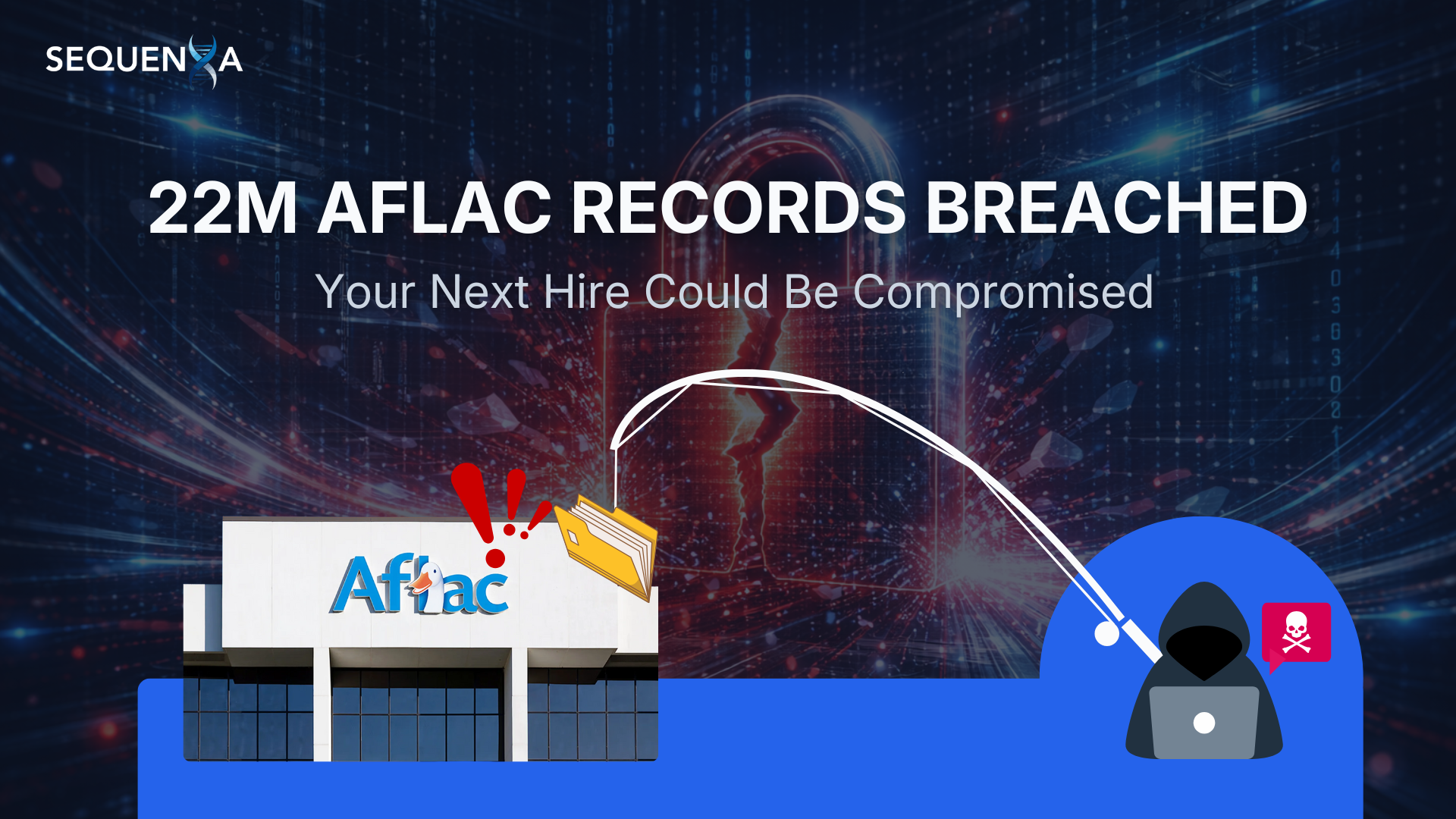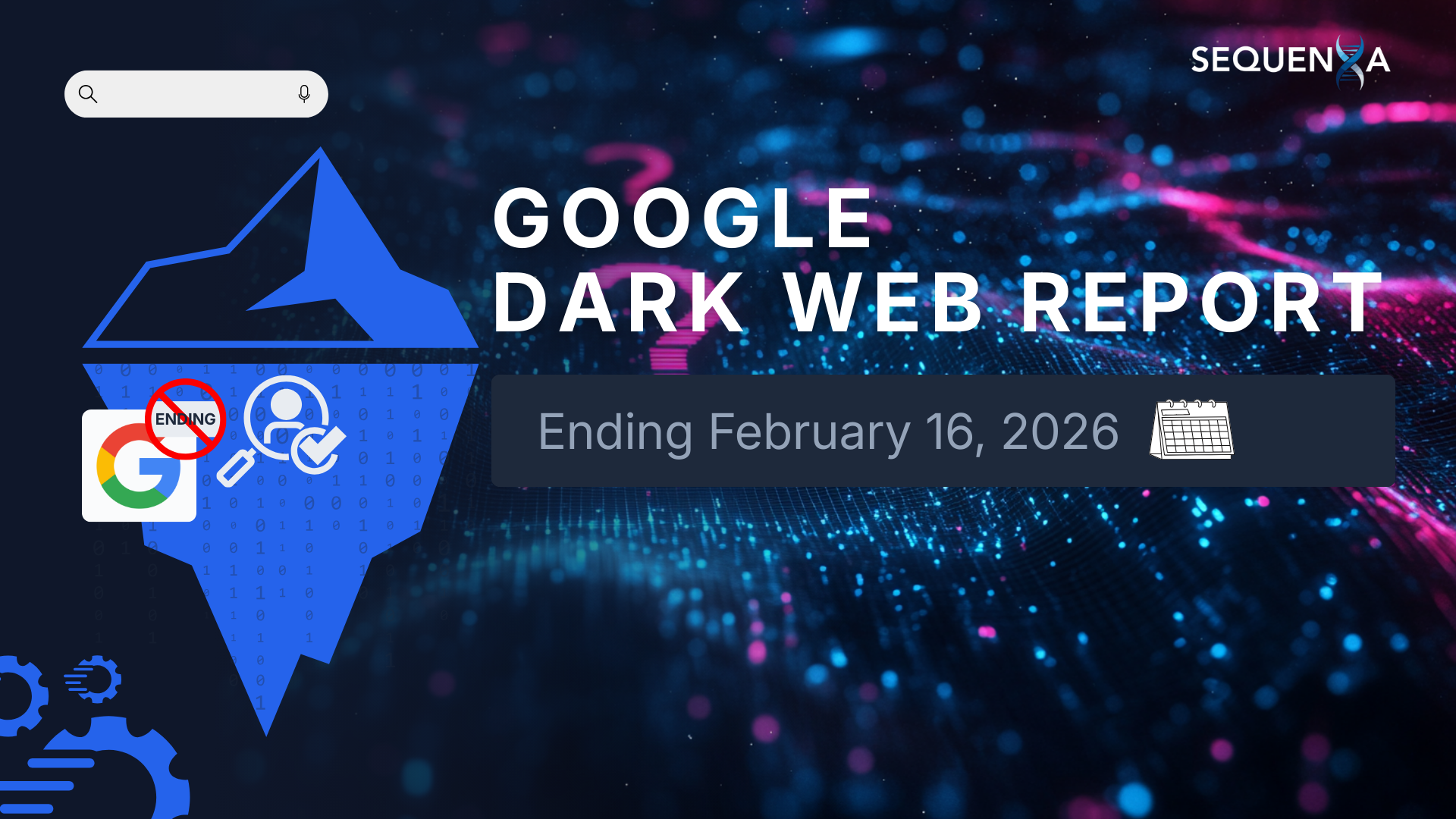Streamlining IT Compliance: Automated Database Security

Maintaining data integrity while complying with a growing maze of IT regulations is one of the most pressing challenges organizations face today. Traditional compliance methods are time-consuming, error-prone, and increasingly incapable of keeping pace with evolving threats and regulatory complexity.
As data environments become more distributed and cyberattacks more sophisticated, IT leaders are under immense pressure to safeguard critical assets and meet regulatory expectations without overstretching their teams.
This blog explores how compliance automation is reshaping database security, regulatory strategies, and audit readiness, covering tools like automated compliance testing, reporting systems, and integrated platforms built to scale.
The Evolution of Compliance
Regulatory expectations for digital assets have outpaced manual compliance processes. The shift to compliance automation software and compliance automation tools stems from the need to streamline operations, reduce human error, and enhance visibility.
Additionally, regulatory automation and database compliance automation have become central to IT governance. Automated regulatory compliance strengthens this shift by ensuring that organizations can keep up with regulatory bodies' changes.
Key Benefits:
Reduces audit preparation time and cost
Enhances accuracy through rule-based automation
Aligns with global and regional compliance mandates
Did you know? Regulatory breakdowns on a global scale have shown how quickly manual systems can spiral out of control. For a striking real-world example, read The $126B AML Disaster – A Compliance Case Study to understand how outdated compliance practices led to massive legal and financial fallout.
“Automation is not just a tool, it’s a necessity in staying ahead of regulatory demands.”
Database Security: A High-Stakes Priority
Data breaches are no longer an "if" but a "when" scenario. Companies now rely on database security compliance automation, database compliance automation, and regulatory automation to proactively identify vulnerabilities and automatically patch gaps.
Automated compliance solutions and security compliance automation help ensure consistency across all environments.
Why It Matters:
Automates patch management and configuration checks
Supports zero-trust architecture principles
Integrates with real-time monitoring platforms
Did you know? Even major players aren’t immune to compliance missteps. Binance’s $4.3B Compliance Meltdown shows how lack of automation in database oversight and regulatory enforcement can lead to massive fines and operational risk.
Are your databases equipped to handle modern security threats without manual oversight? Find out how Origin can proactively detect vulnerabilities and strengthen your security posture.
The Rise of Automated Compliance Reporting and Testing
Manual audits are resource-draining and prone to inconsistencies. That’s why automated compliance reporting and automated compliance testing have become indispensable. The adoption of automated regulatory compliance, regulatory automation, and database compliance automation ensures continuity in an evolving landscape.
How It Helps:
Real-time dashboards for internal teams
Simplifies regulatory submission and audit processes
Enhances traceability through digital logs
“The accuracy and speed of automated reporting are redefining compliance standards.”
Integrating Compliance Automation Across Multi-Cloud Environments
As enterprises adopt multi-cloud strategies, enforcing consistent security and compliance policies becomes increasingly complex. Compliance process automation and automated compliance monitoring help ensure every environment adheres to the same standards.
Key Benefits:
Unified compliance checks across AWS, Azure, GCP
Faster remediation with real-time alerts
Improved data governance in hybrid setups
Did you know? A global logistics company used compliance automation tools to manage over 40 workloads across five cloud platforms. This enabled them to centralize policy enforcement, detect misconfigurations in real time, and maintain unified compliance tracking across distributed cloud services, without expanding their IT team (Gartner, 2023).
How is your team managing policy enforcement across cloud vendors?
Enhancing Team Productivity with Compliance Automation
Manual compliance processes not only risk error but also drain team resources. Compliance automation frees staff to focus on strategy by offloading repetitive tasks like automated compliance reporting and documentation.
Workforce Gains:
Reduced compliance fatigue
Improved collaboration across IT and legal teams
Instant access to current compliance status
Selecting the right tools makes all the difference. If your team is still juggling outdated platforms, explore Internal Audits and Smarter Software Choices for practical guidance on choosing solutions that boost, not burden, productivity.
Organizations that implemented automation reported an average 35% increase in team productivity, driven by reduced manual labor and faster access to real-time compliance metrics (TechRepublic, 2023).
Is compliance work pulling your team away from strategic goals? Explore how Sequenxa can reduce manual tasks and empower your team to focus on high-value initiatives.
The Business Case for Compliance Automation Investments
CIOs are increasingly building the case for compliance automation platforms by demonstrating ROI. Combining security compliance automation with automated compliance testing helps prevent fines and streamline audits.
ROI Drivers:
Faster time-to-compliance
Reduced regulatory risk
Lower legal and operational costs
What would your team gain by shifting compliance investments to automation?
Turning Compliance Into a Competitive Edge
Navigating modern compliance challenges demands agility, precision, and scalability. With solutions like database security compliance automation, automated compliance monitoring, security compliance tools, and regulatory automation, your organization can turn compliance into a strength, not a burden.
Ready to transform your compliance strategy? Discover how Sequenxa makes compliance possible.
FAQs
What is database security compliance automation?
Automated systems that enforce compliance rules across databases, ensuring regulatory alignment and data protection.
How does automated compliance reporting help?
It streamlines audits, enhances accuracy, and delivers real-time tracking for regulators and stakeholders.
What is regulatory automation and why is it essential?
It automates policy updates and ensures that organizations stay compliant with evolving legal requirements.
What’s the difference between compliance automation tools and platforms?
Tools solve specific problems like testing or reporting; platforms offer integrated compliance ecosystems.
Can automated compliance monitoring replace traditional audits?
It doesn’t replace audits but prepares your organization with continuous, real-time validation.
Why is database compliance automation critical in financial sectors?
Financial institutions manage sensitive data under strict regulatory scrutiny. Database compliance automation ensures policy enforcement, secure access control, and audit-readiness without manual overhead.
How does compliance process automation support audit readiness?
Compliance process automation standardizes repeatable tasks such as documentation, access reviews, and version control, key to passing internal and external audits efficiently.
Are there specific industries that benefit most from automated IT security policy compliance systems?
Yes, sectors like healthcare, finance, and telecom gain from automated IT security policy compliance systems because they help enforce policies at scale with traceable records.
References
Gartner. (2023). Over 60% of compliance activities will be automated by 2026. Retrieved from https://www.gartner.com
TechRepublic. (2023). Automated monitoring reduces drift by 45%. Retrieved from https://www.techrepublic.com



